LTA and operators set up joint task force to tackle recent train disruptions
Following a spate of MRT and LRT service disruptions, the Land Transport Authority (LTA), SMRT and SBS Transit will form a joint rail reliability task force to enhance system resilience and accelerate asset renewals. The task force, chaired by LTA chief executive Ng Lang, will submit its final recommendations by the end of 2025.
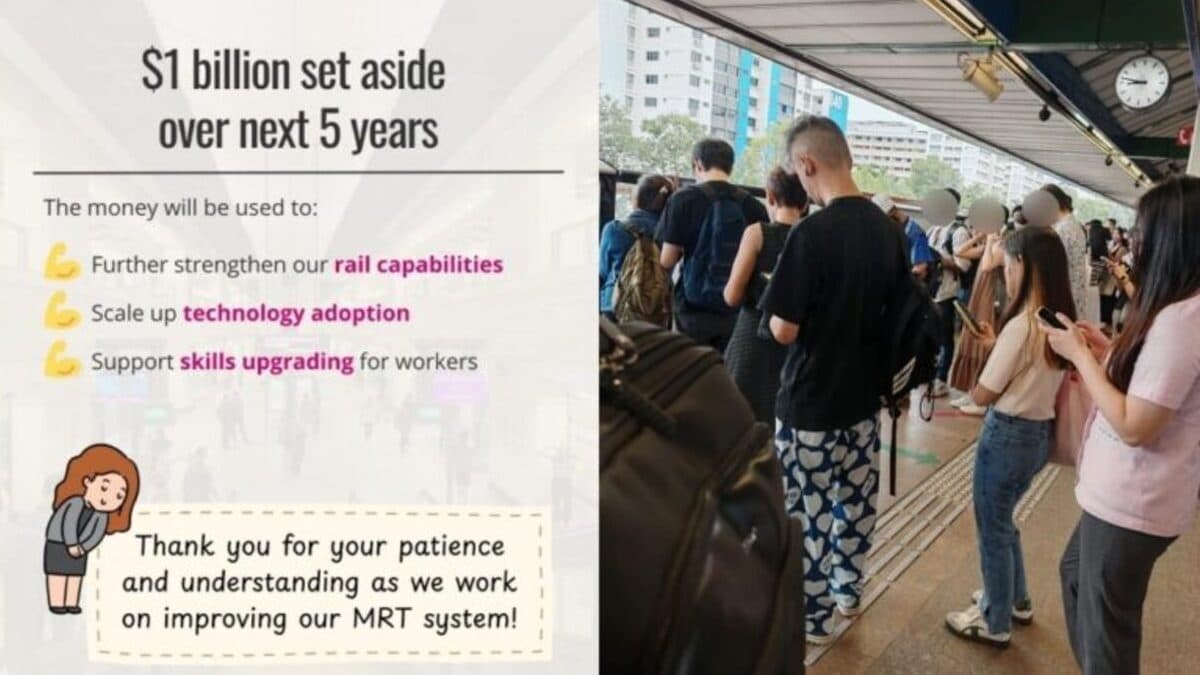
- Task force formed by LTA, SMRT and SBS Transit to review disruptions and improve rail reliability.
- Focus areas include end-of-life component replacement, technical audits, and faster service recovery.
- Government allocating S$1 billion over five years to strengthen rail capabilities and workforce skills.
SINGAPORE: The Land Transport Authority (LTA), together with train operators SMRT and SBS Transit, announced on 19 September that they will form a joint rail reliability task force to address a series of recent service disruptions.
The task force will be chaired by LTA chief executive Ng Lang and include SMRT Group chief executive Ngien Hoon Ping, SBS Transit Group chief executive Jeffrey Sim, and technical specialists from across the rail sector.
According to a joint statement, the task force will report its findings to Acting Transport Minister Jeffrey Siow regularly and submit its final recommendations by the end of 2025.
Focus on end-of-life components and system renewal
The group will review recent disruption incidents to identify train components nearing the end of their operational lifespan and requiring replacement, upgrading, or heightened maintenance.
Plans include bringing forward the renewal programme for the North East Line’s power system.
In the shorter term, the team will also look into strengthening signalling systems for both the North East Line and Circle Line ahead of major renewals.
Technical audits and reviews to be carried out
Full technical audits will be conducted on maintenance and operations across critical systems. These reviews will assess asset conditions, maintenance processes, operational procedures, redundancy protocols, and staff training standards.
The task force will also study service recovery processes to reduce downtime after disruptions. This includes exploring methods to minimise detrainments — where passengers are evacuated from stalled trains — without compromising commuter safety.
Training programmes for ground officers will be reviewed to ensure recovery efforts are swift and effective during incidents.
Government investment in rail reliability
Authorities said an additional S$1 billion has been set aside over the next five years to strengthen rail capabilities, support technology adoption, and upskill workers in the sector.
In a Facebook post on 19 September, Acting Transport Minister Jeffrey Siow said he had directed LTA to work with operators to expedite asset upgrades, conduct joint technical audits, and improve service recovery.
He also stressed the importance of keeping commuters informed during investigations.
“By keeping the public updated, I hope you can better understand the challenges and know that we are fully committed to keeping the network safe and reliable,” Siow said.
Train systems complex, says acting minister
Siow acknowledged recent commuter frustrations, noting that rail reliability had been strong in previous years but had declined in recent months.
“Train systems are complex – many things can go wrong, even with redundancies in place,” he said.
“When disruptions happen, our immediate priority is to help commuters continue their journeys safely, whether via buses or alternative train routes.”
He added that with more MRT lines in operation today, commuters have more alternative routes, making the overall network more resilient.
SMRT: Recent disruptions are isolated
SMRT maintained that the recent incidents were isolated rather than systemic.
“These are isolated cases, not systemic issues,” said Lam Sheau Kai, SMRT’s president of trains.
He added that SMRT will work closely with LTA to conduct detailed asset assessments and ensure long-term reliability.
Spate of incidents across MRT network
The announcement follows a series of disruptions across Singapore’s rail network in recent weeks.
On 17 September, Thomson-East Coast Line services were halted for two hours due to a signal fault — less than 12 hours after a power fault disrupted the East–West Line between six stations on 16 September night.
Earlier, on 13 September, Punggol LRT services were stopped for three hours after a system fault, while on 2 September, a train fault caused a 25-minute delay on the North–South Line.
In August, multiple prolonged incidents occurred, including a five-hour power failure on the Sengkang–Punggol LRT on 12 August and another three-hour suspension on 15 August affecting 29 stations. The East–West Line also suffered a five-hour breakdown on 6 August.
The problems stretch back to July, when the Thomson-East Coast Line faced an hour-long disruption due to a signalling fault, and the Bukit Panjang LRT experienced two suspensions caused by power issues.
Rail reliability at lowest point in five years
Figures released by LTA on 5 September showed that overall MRT reliability — measured by the mean kilometres between delays lasting more than five minutes — dropped to its lowest level in five years.
Trains clocked an average of 1.6 million train-kilometres between such delays from July 2024 to June 2025, compared with 1.45 million in 2020, marking the weakest performance since then.

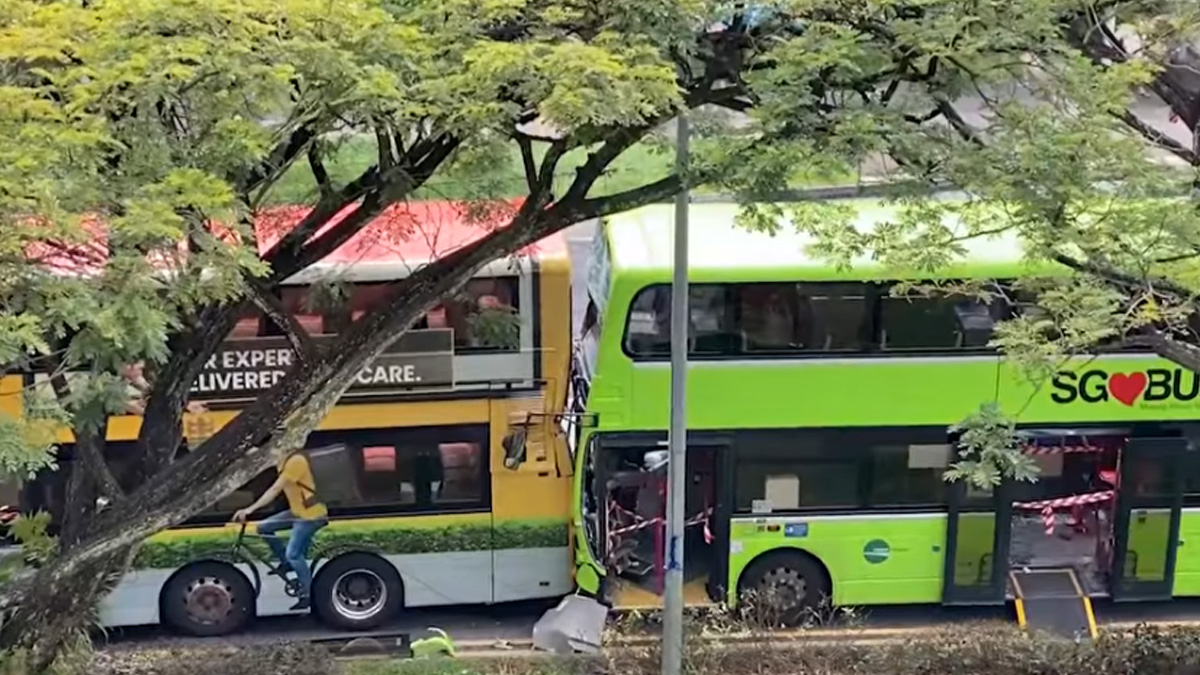
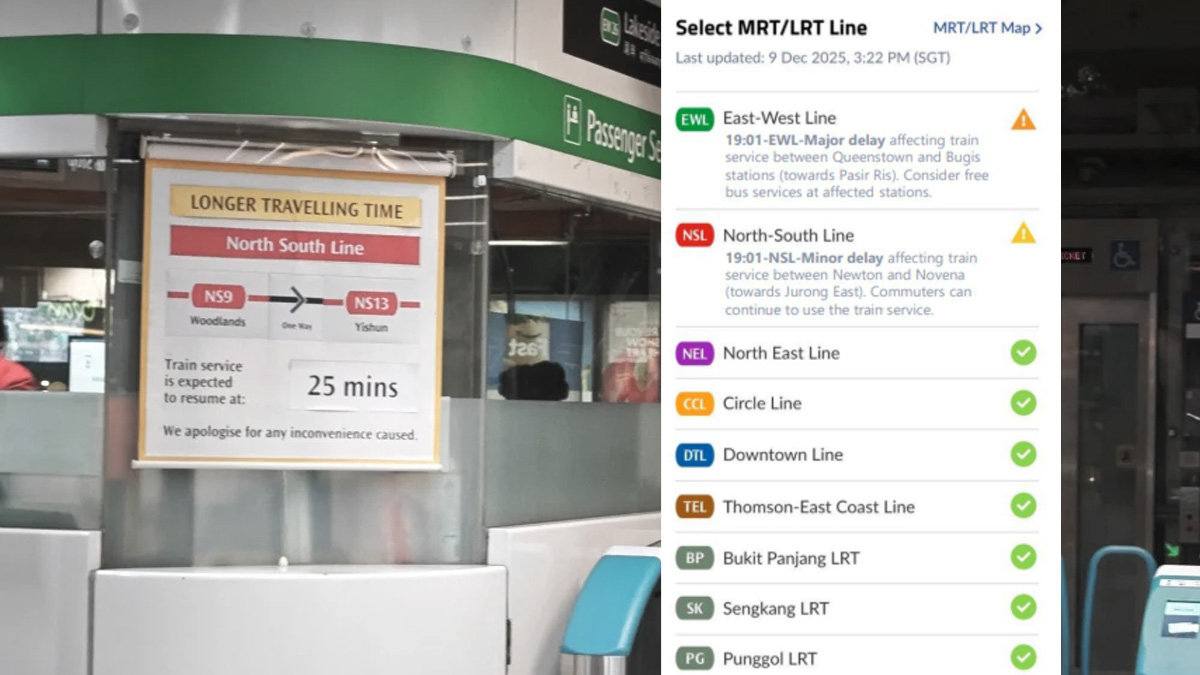

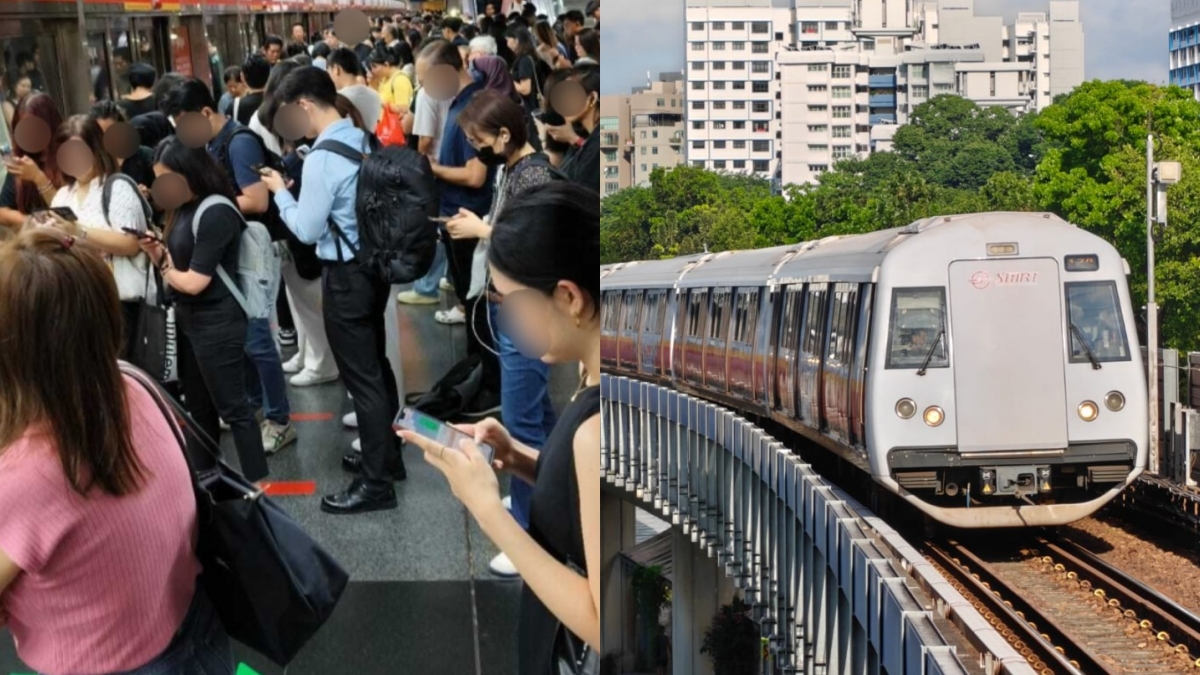


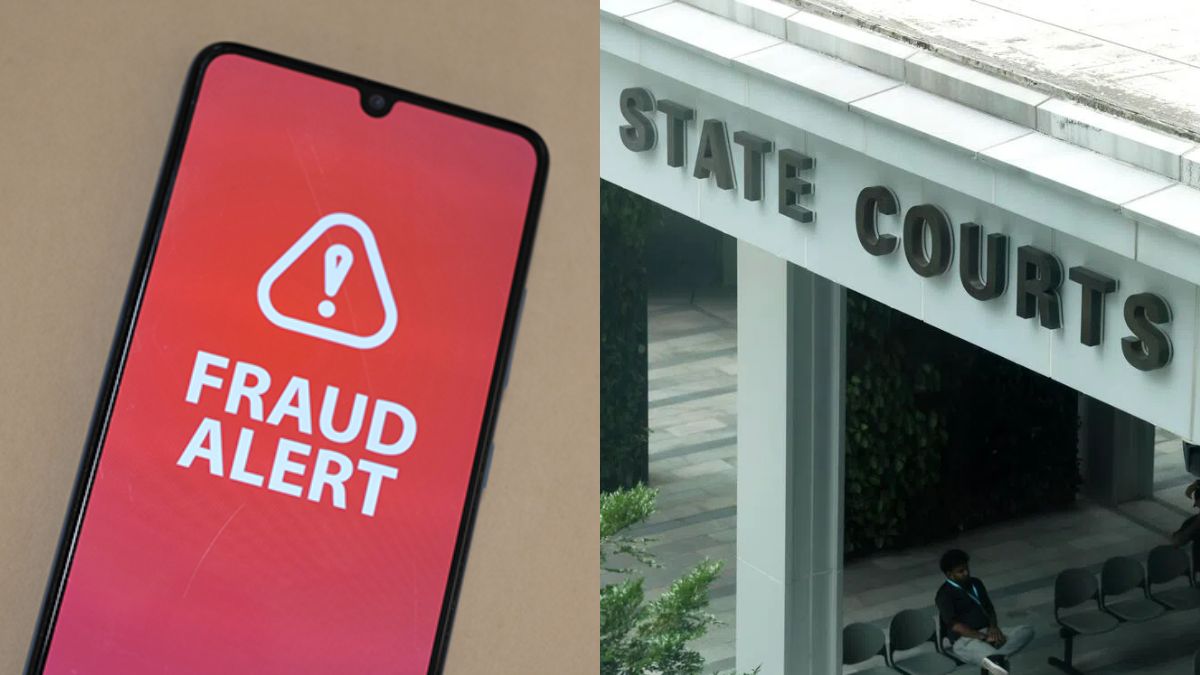




1 Comment